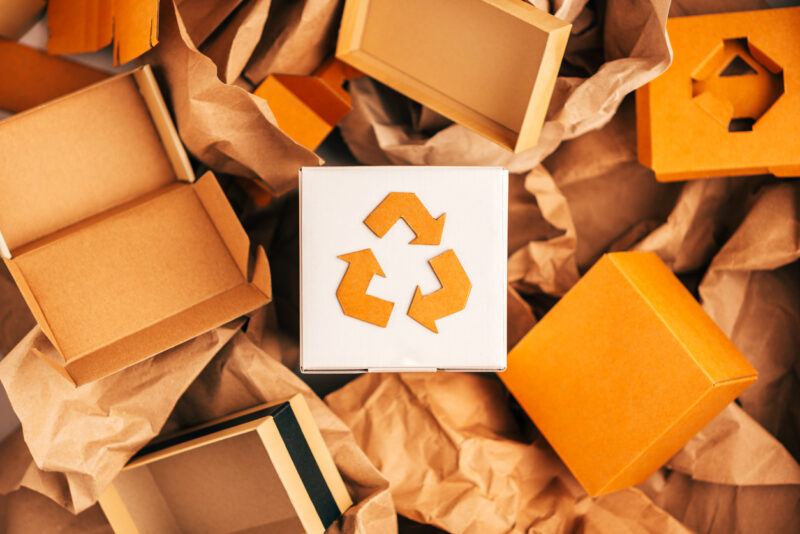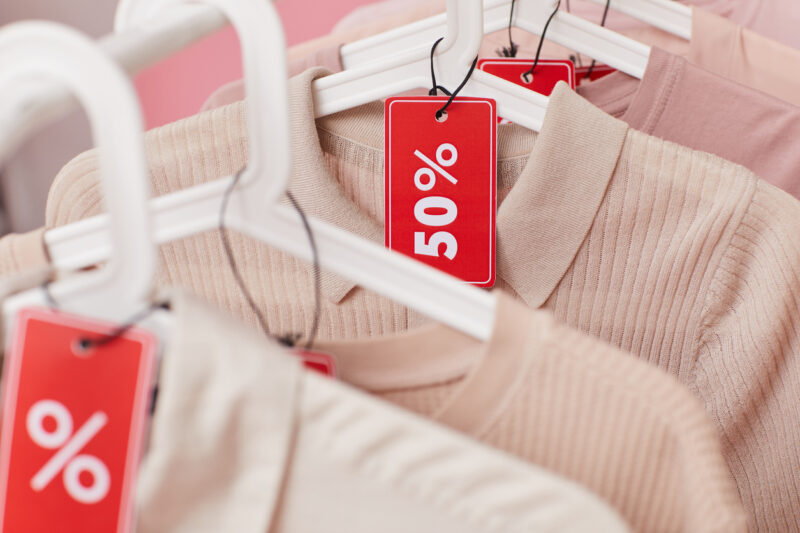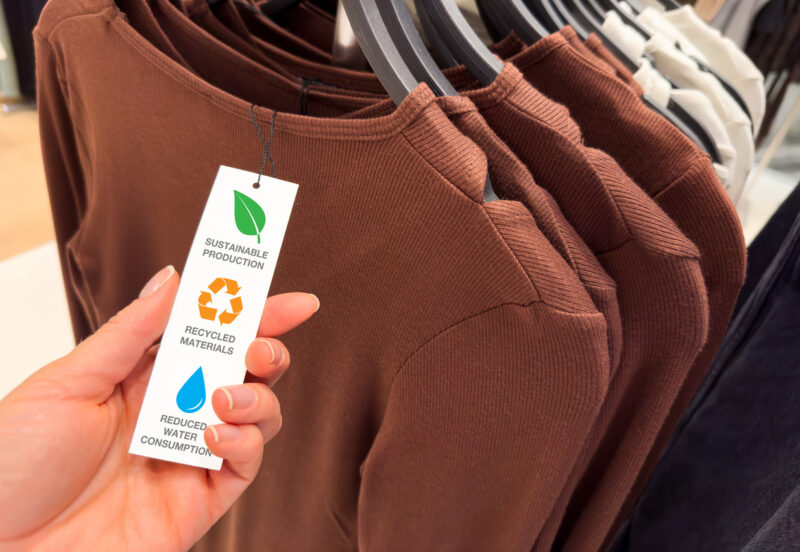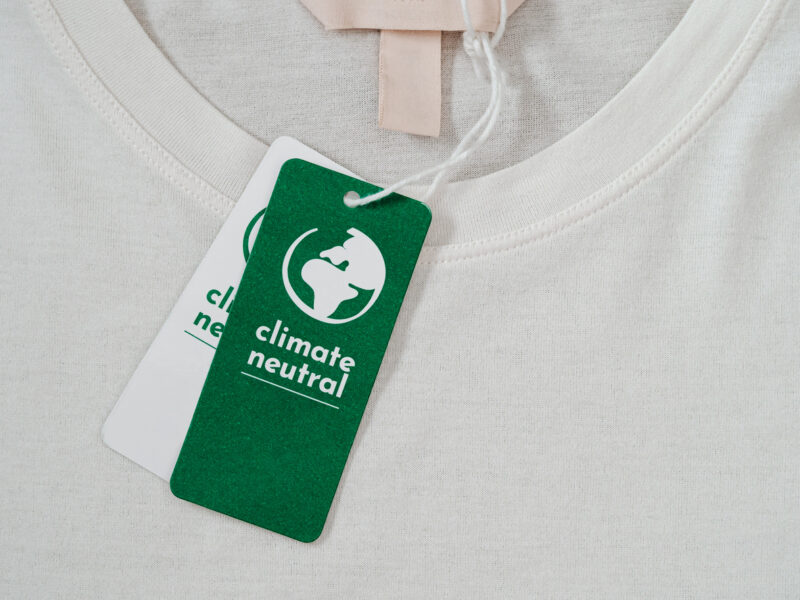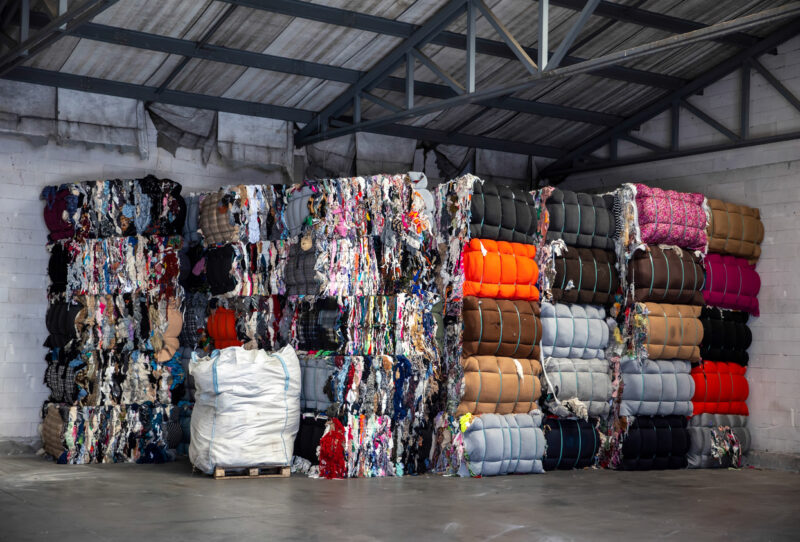EU textile strategy
Has the EU lost the plot with its textile strategy?

Since the EU presented its "Strategy for Sustainable Textiles" in 2022, numerous steps have been taken. Why is there still uncertainty, even though some laws have already been implemented? Where does the textile strategy currently stand?
It has been three years since the EU published the Textile Strategy for sustainable textiles as part of its Green Deal. The member states should finally switch from a linear to a circular economy.
The plan is being implemented through laws comprising a total of 16 regulations. These must be adapted so that textiles on the EU market circulate in cycles in future, do not contain any harmful substances and have been produced under humane conditions.
Switzerland exports almost three quarters of its textiles and clothing to the EU
The Green Deal is a multi-billion euro package of investments, laws and strategies that affect practically all sectors of the European single market.
The impact on the textile and clothing industry is particularly significant: clothing and home textiles are the first product group to be affected by the new regulations. Companies in Switzerland alone sell an average of between 60 and 70 per cent of their clothing and textiles to the EU every year.
While the legal text of some key projects is already in force, others have been put on hold or remain unresolved. The result is uncertainty and a long wait.
Which are active and which are not? Which ones affect textile companies in Switzerland?
These regulations already apply:
U-turn by the new parliament
The regulatory processes and the scope of the legislative revisions make it difficult to maintain an overview of the EU's large-scale project.
Although the European Parliament and the Council set the direction, the practical organisation is carried out by the Commission. This sometimes fails due to technical implementation.
Textiles are not easy to knit
This has led to several changes of course in recent months. The most prominent example is the newly launched omnibus regulation on sustainability reporting and supply chain diligence as well as the "stop-the-clock" proposal (see image gallery).
Other similar omnibus proposals - such as the Circular Economy Act - are in the pipeline. The realisation of textiles could be particularly delayed. Their control and management is proving to be more complex than expected.
How to check?
It is easy to issue rules for recyclable products - but monitoring them is less so. There is a lack of practical evidence, especially for imported goods:
- How can longevity be tested? When is colour fastness given and when is an abrasion test considered failed?
- Do zips also have to be checked?
- How much can a repair cost to make it worthwhile?
- Can textiles containing harmful substances be recycled?
- Does supply chain data have to be stored centrally for each individual item in the EU?
- Who finances the server infrastructure - and what about data security?
Innovation in the face of uncertainty
What's more, some EU member states were a little premature and have already introduced national regulations. There is now a debate about which rules should apply throughout the EU.
Companies need to be able to plan and need time to implement the complex regulations. However, with so many unanswered questions, it is difficult for companies, suppliers and manufacturers to know how to prepare.
Many have already invested in innovation and human resources - driven by a sustainable approach. However, it remains unclear exactly where the EU textile strategy is heading and how it intends to achieve its goals. We will have to wait and see. As always, Swiss Textiles will of course keep you up to date.
